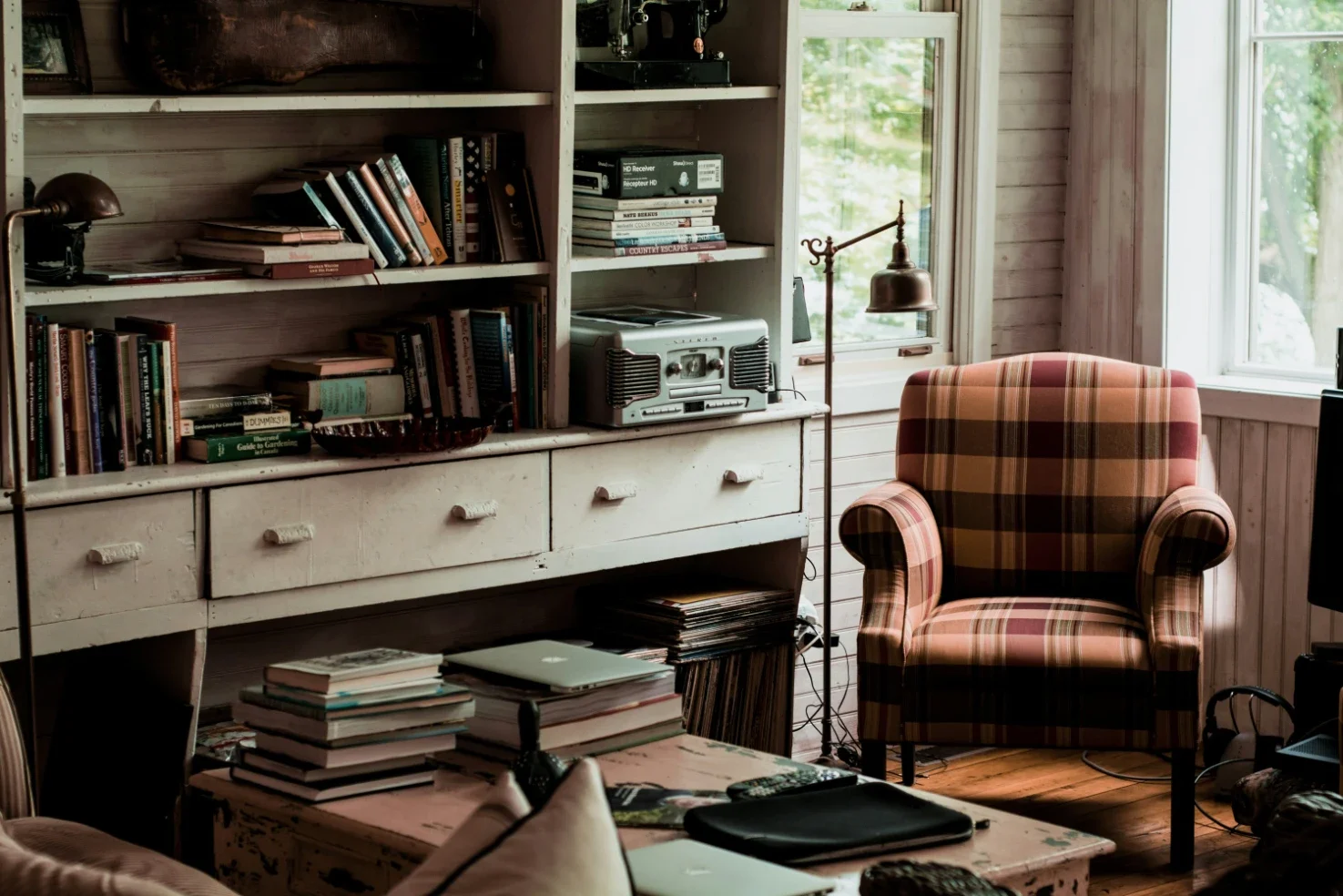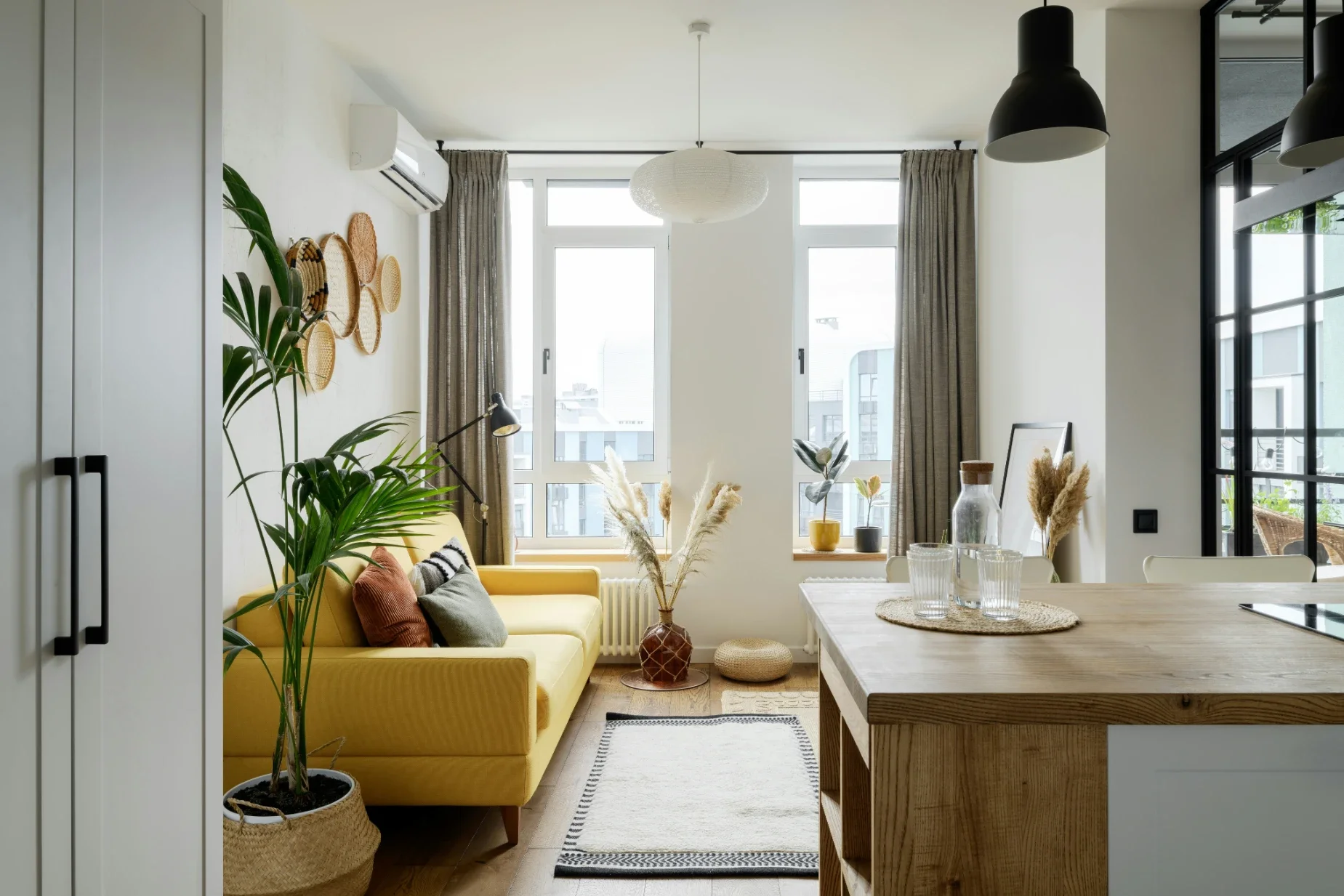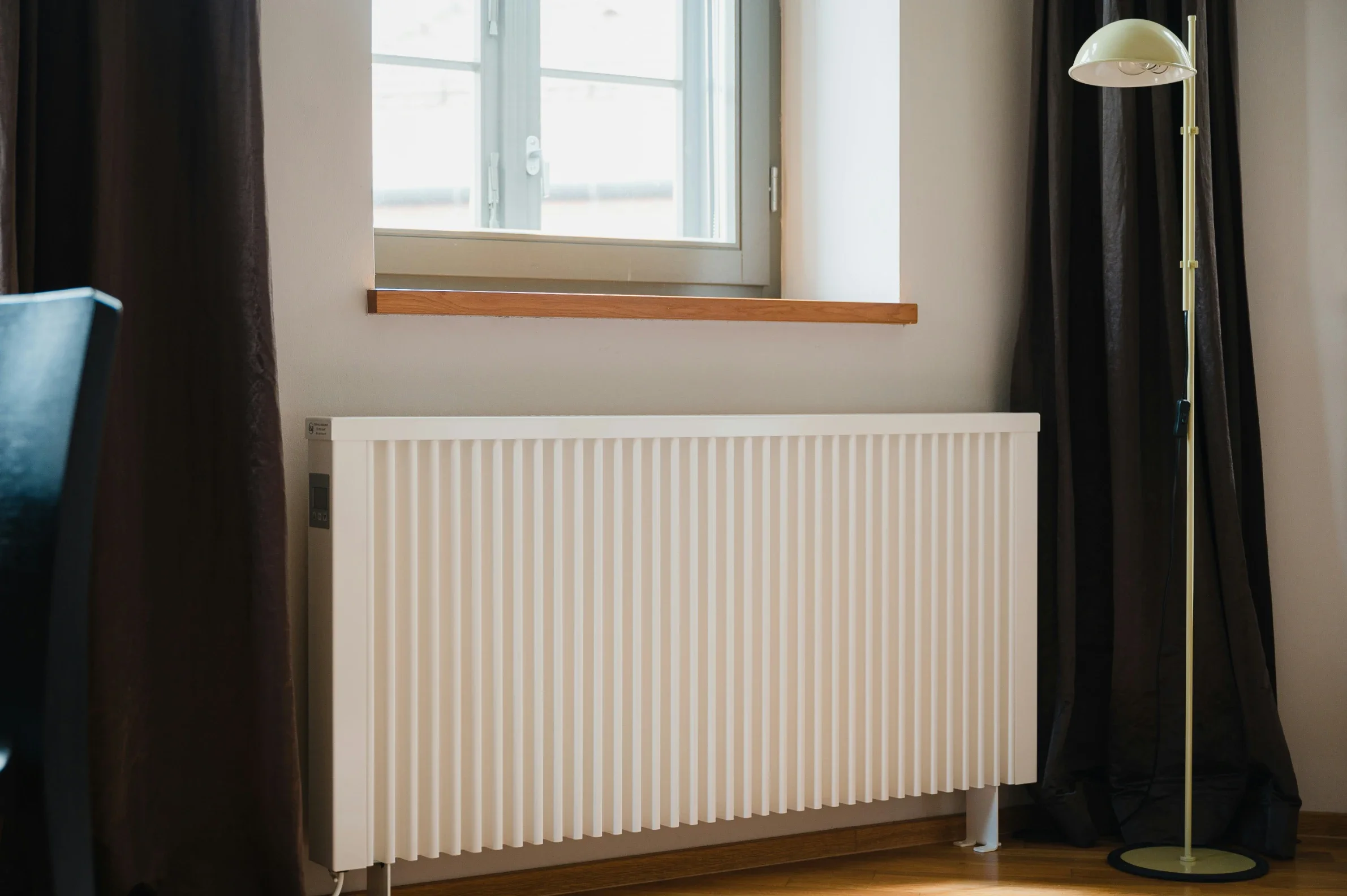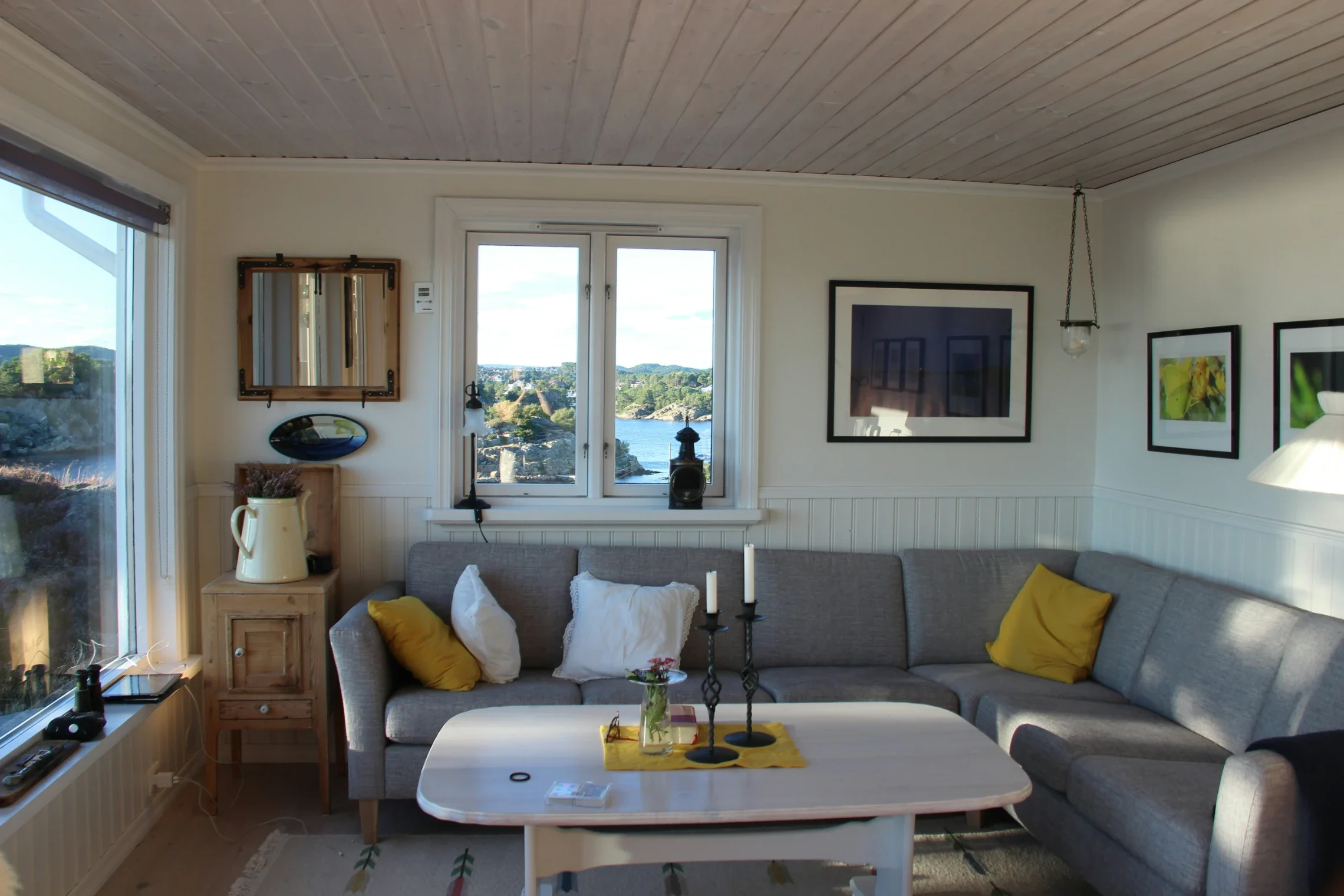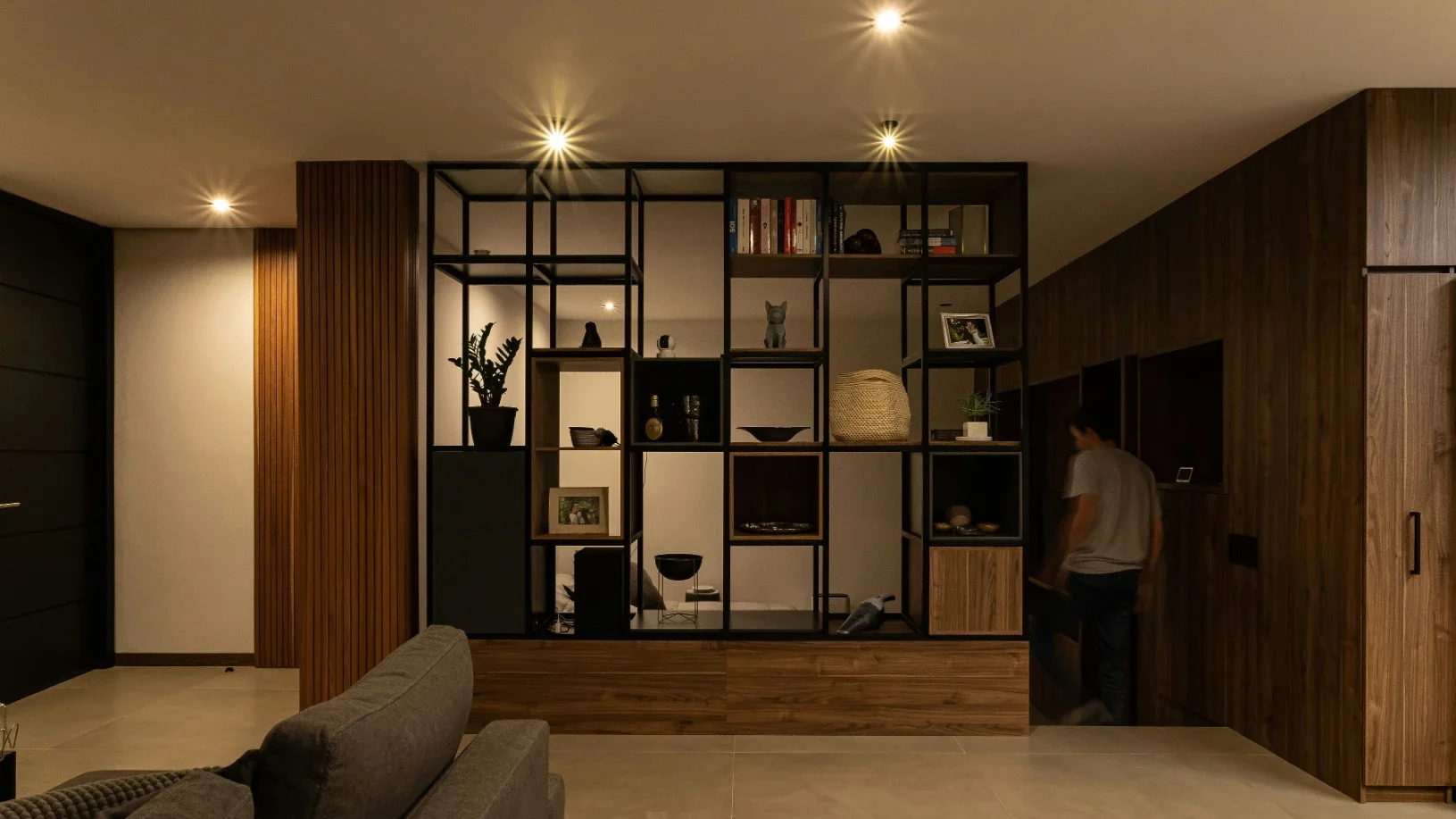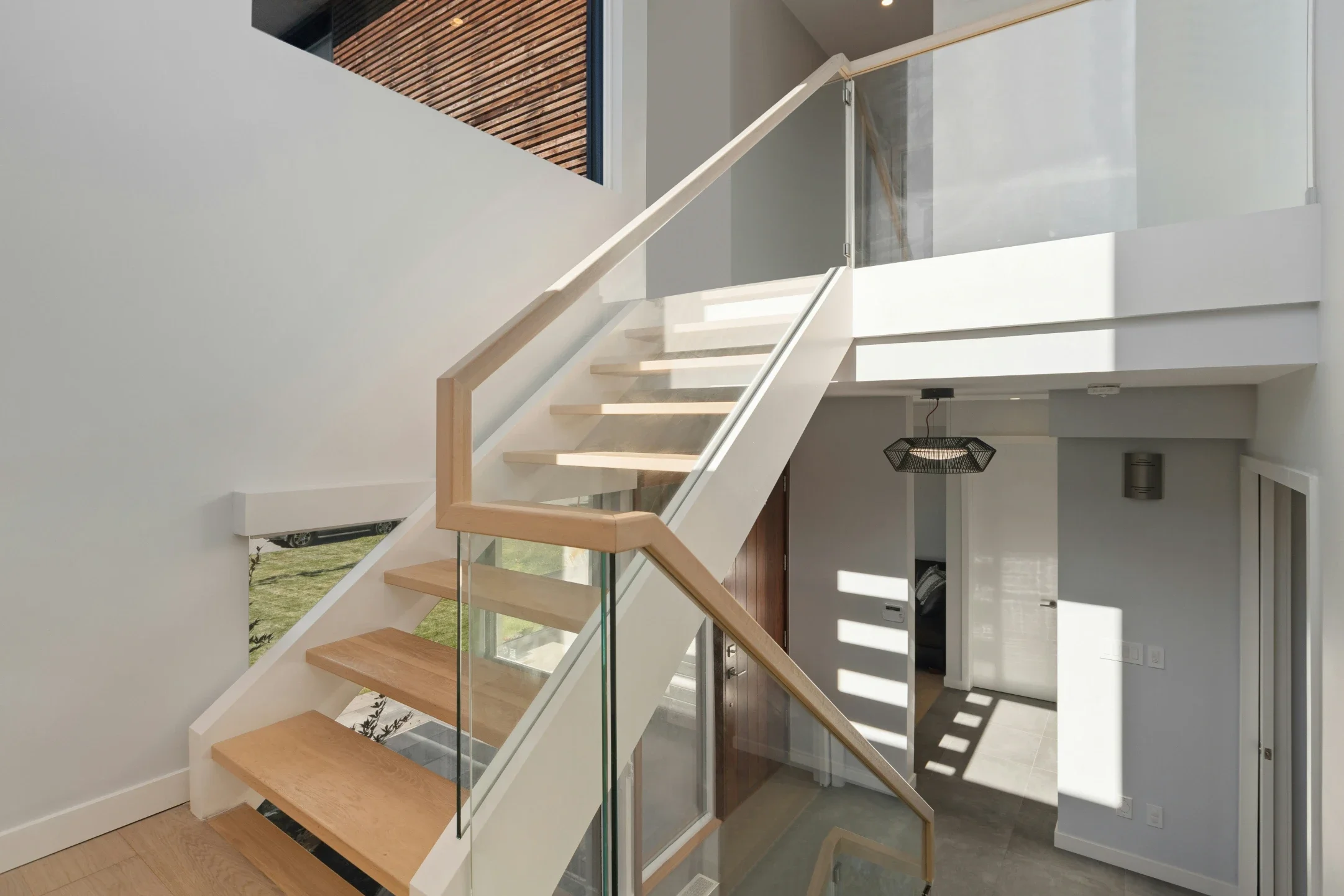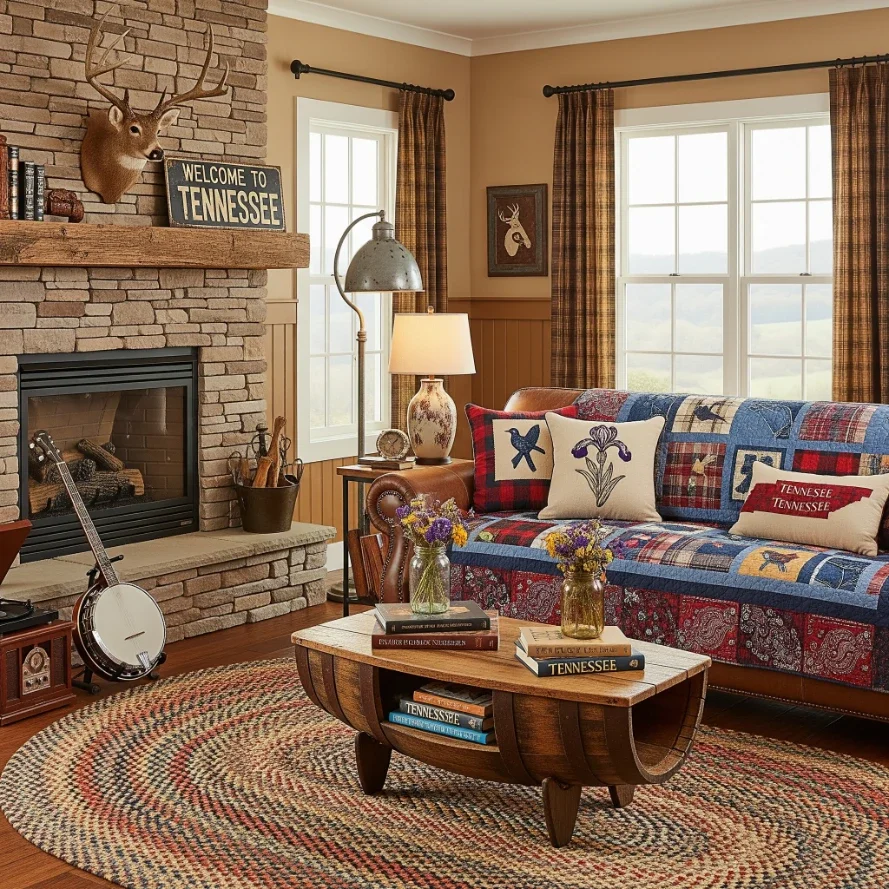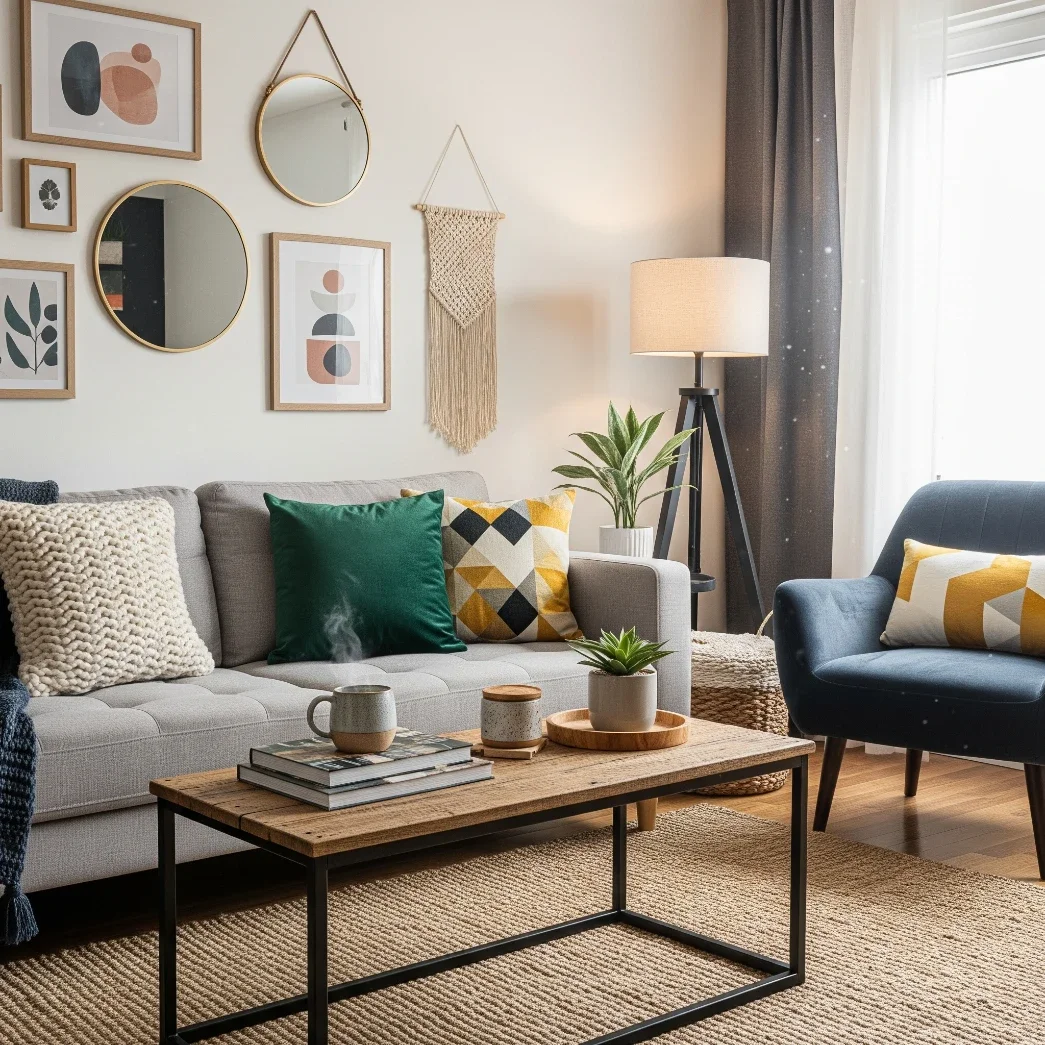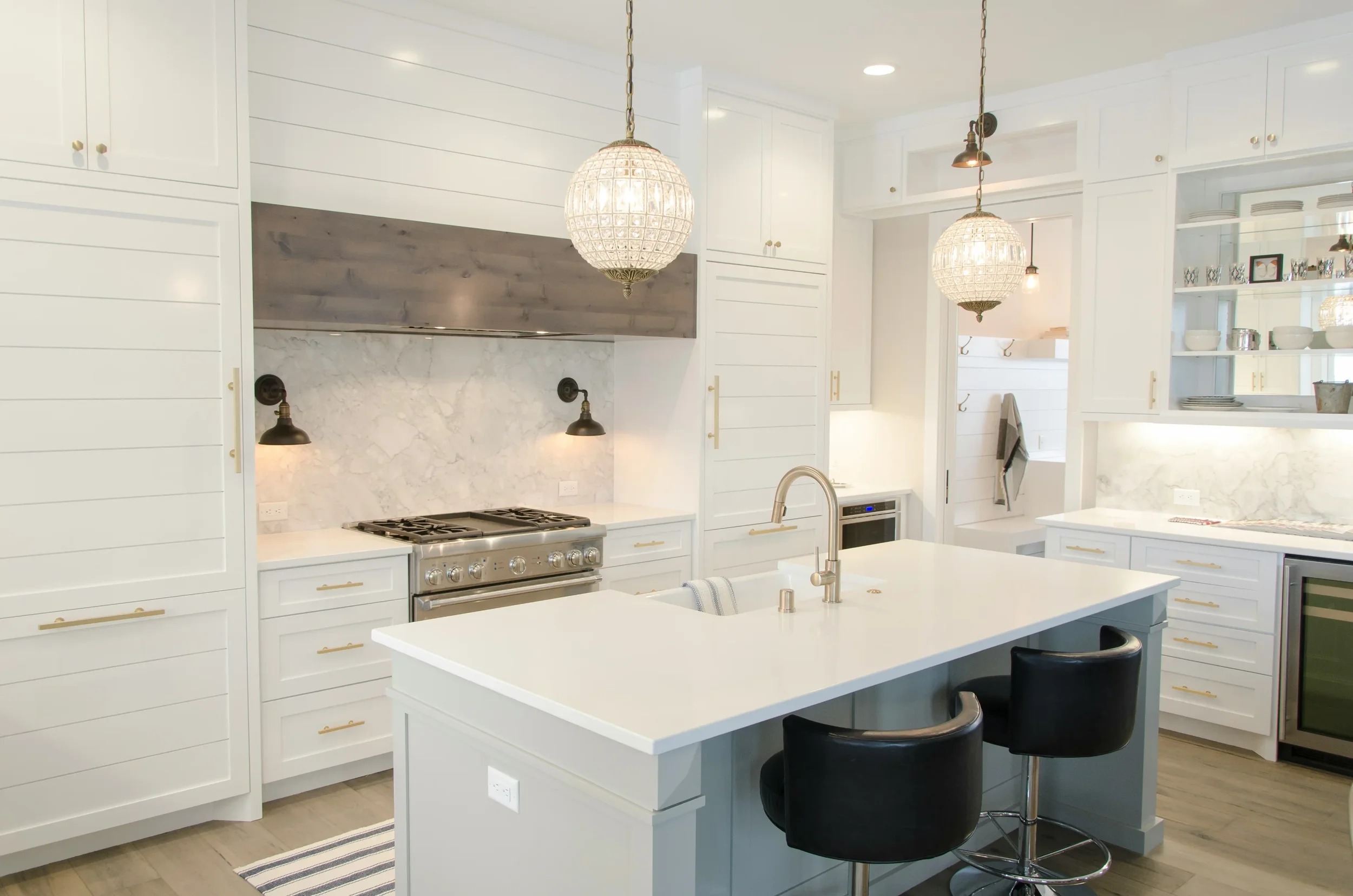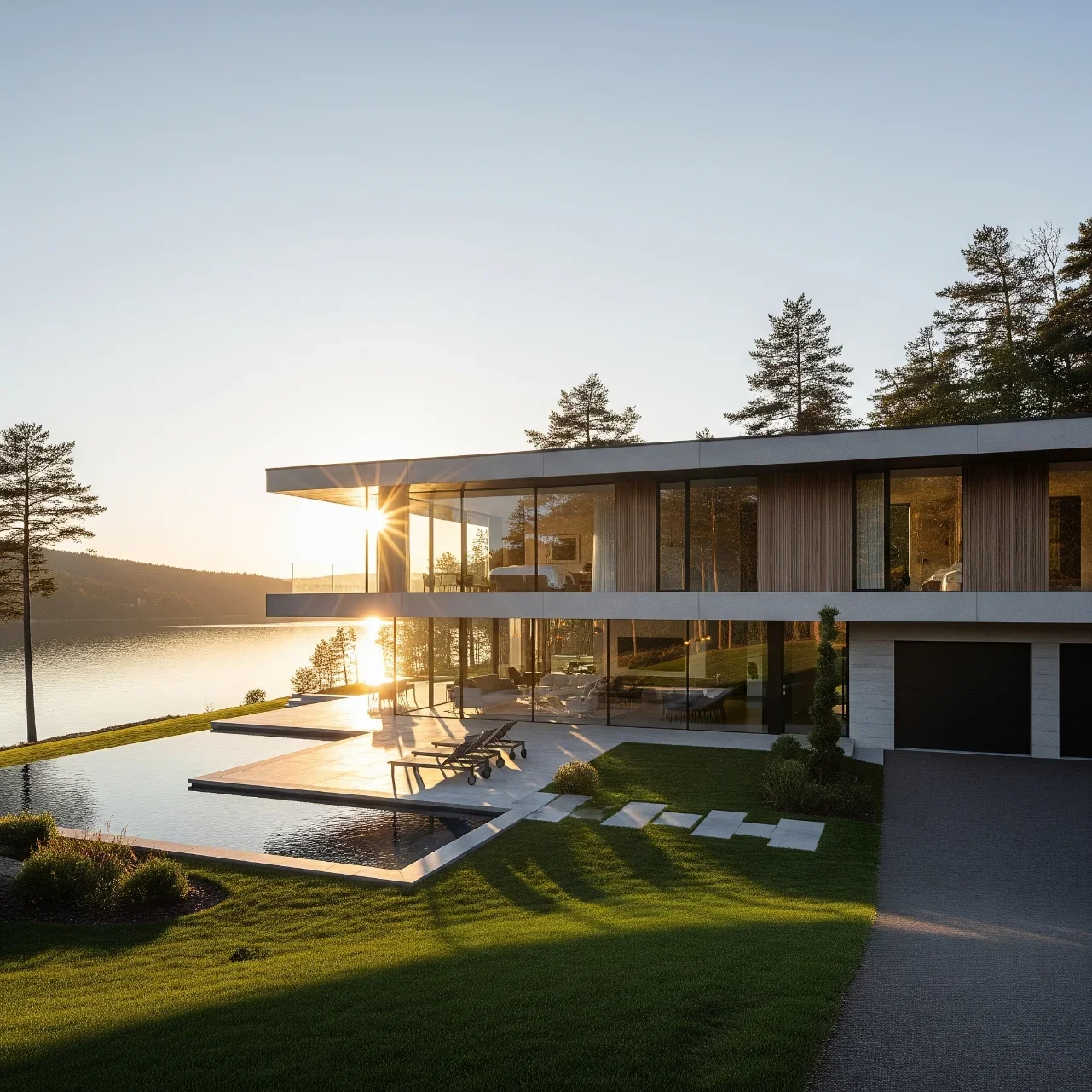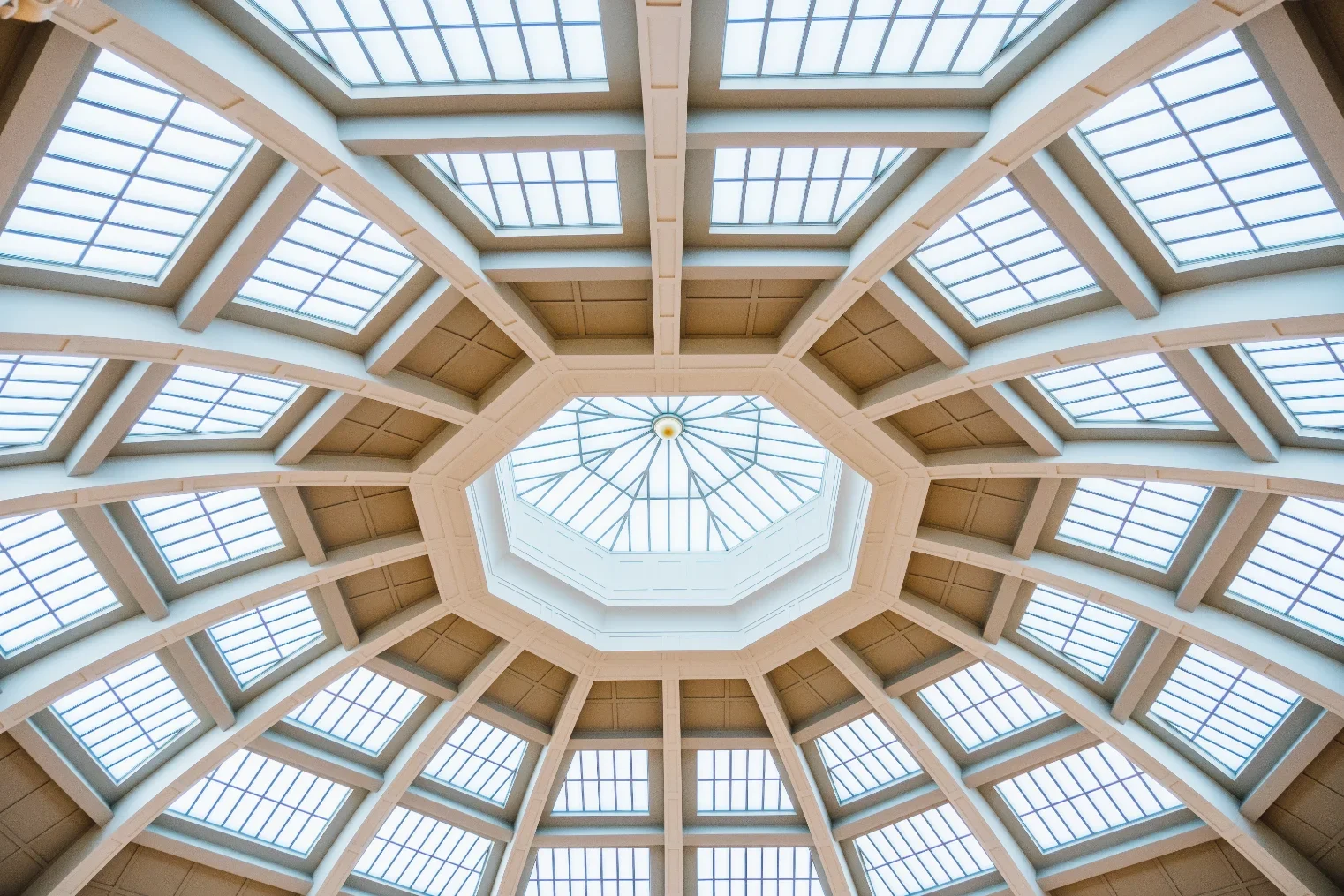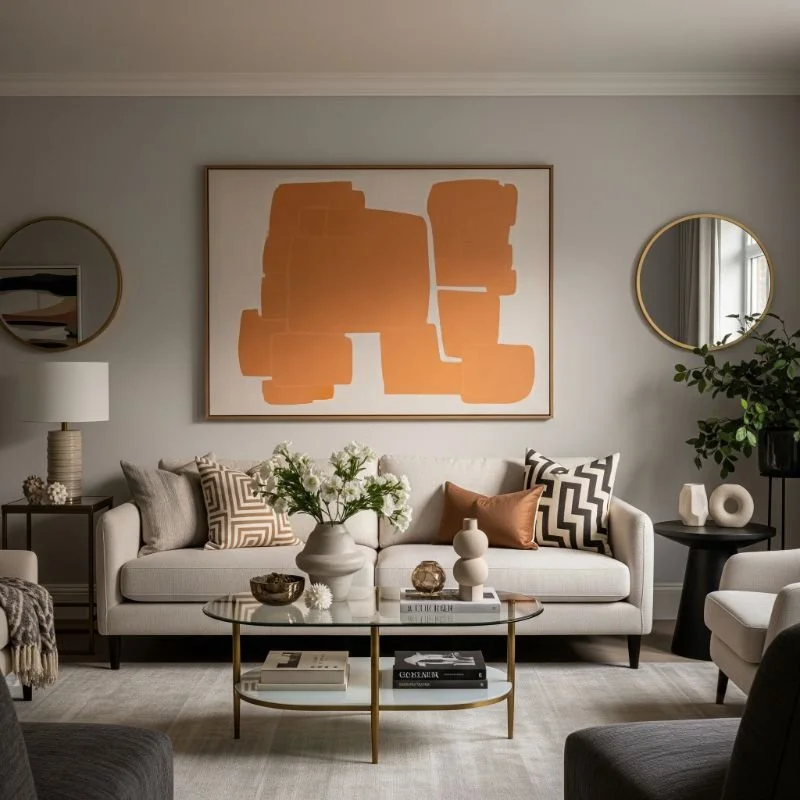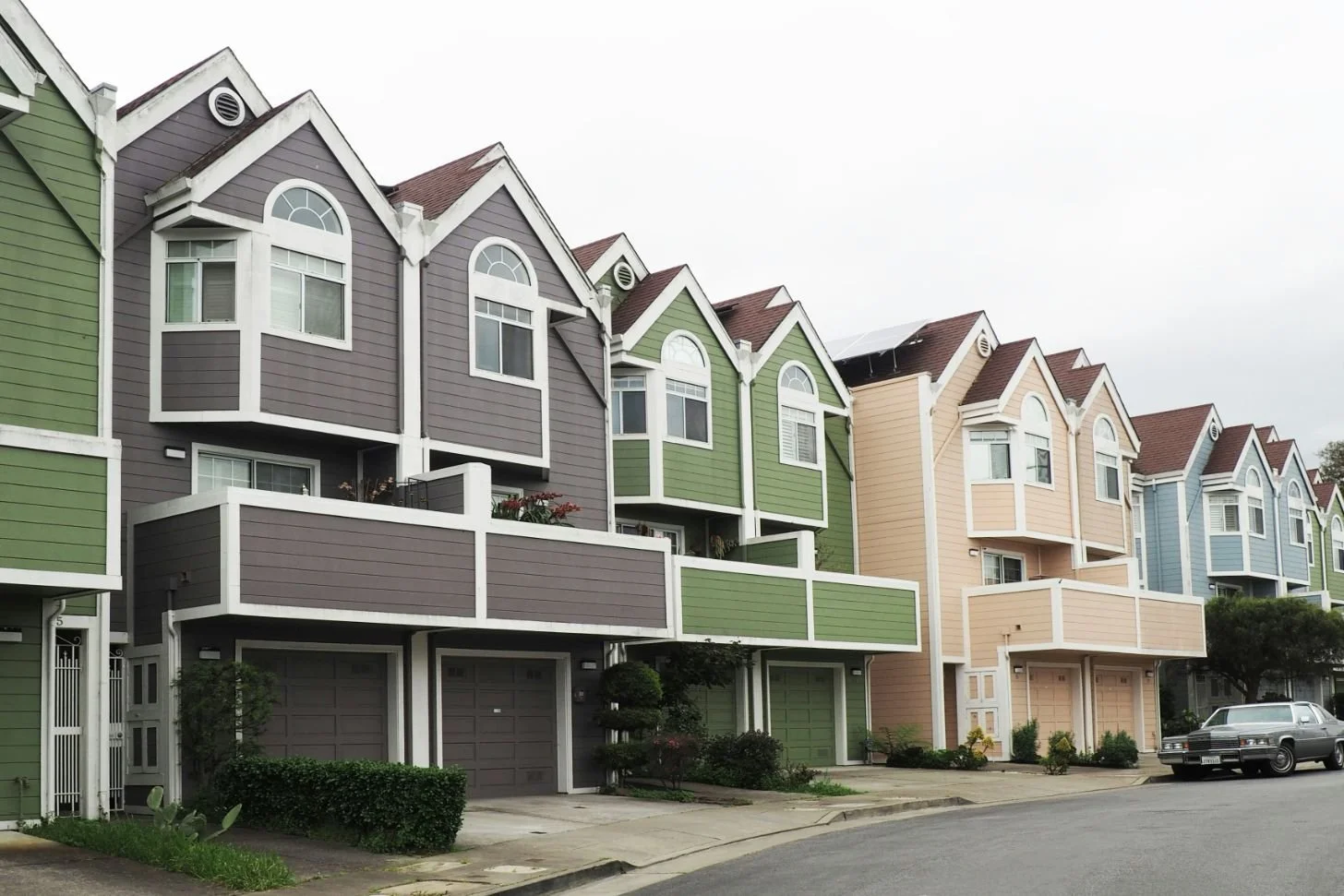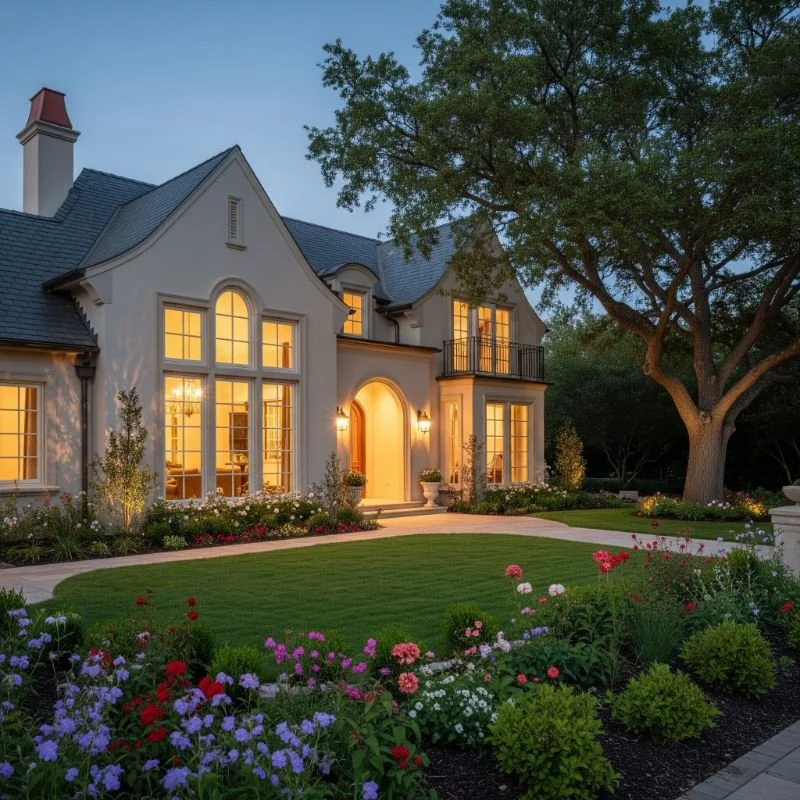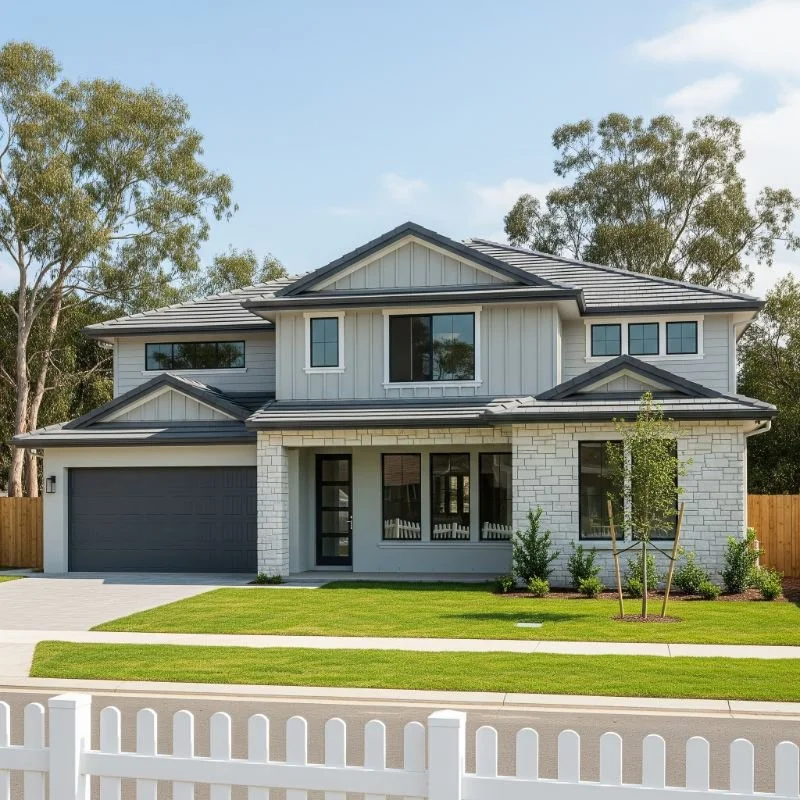What To Consider When Planning Your Custom Dressing Room
Learn the key factors to consider when designing a custom dressing room, from layout and storage solutions to lighting and style.
Creating a custom dressing room is more than just adding a beautiful space to your home. It’s about designing a retreat tailored to your lifestyle and preferences. Whether you envision a minimalist setup or a luxurious walk-in haven, thoughtful planning ensures the space is both functional and visually stunning. Every decision, from the layout to the materials, plays a vital role in meeting your needs.
With so many possibilities, it’s easy to feel overwhelmed. Breaking the process into manageable steps can help you transform your vision into a practical and elegant space. Here’s a guide to the key factors to consider when planning your custom dressing room, ensuring it fits your current needs and remains relevant for years to come.
Storage Essentials
Great custom dressing rooms start with understanding your storage needs. Take a moment to assess your wardrobe and think about how you prefer to organize and access your belongings. Do you have a large collection of shoes or specialty items like long dresses or folded knits? Listing these details will help you prioritize storage solutions.
Flexible options like adjustable shelves, pull-out racks, and modular units are excellent choices because they adapt as your wardrobe evolves. Dedicated compartments for items such as handbags, jewelry, or ties keep everything organized and within reach.
Your daily habits should guide your decisions, too. If you like seeing everything at a glance, open shelving might be the way to go. On the other hand, concealed storage is ideal if you prefer a tidy, clutter-free look. By tailoring the design to your routines, you’ll create a space that’s both practical and visually appealing.
Layout and Flow
The layout of your dressing area determines how easily you can navigate and use the space. Start by evaluating the size and shape of the room. Whether it’s a spacious walk-in or a cozy nook, the goal is to make the most of every inch while minimizing wasted space.
In larger rooms, creating specific zones for hanging clothes, shelving, and accessories can help maintain order and balance. For smaller spaces, vertical storage, mirrored doors, and pull-out drawers are great solutions to maximize storage and functionality without compromising style.
The flow of the space should make it easy to grab what you need, whether you’re rushing out the door or preparing for a special event. Prioritizing usability ensures the room feels comfortable and efficient.
Material Choices
The materials you select define the durability and style of your dressing room. High-quality finishes ensure the space remains functional and visually appealing over time.
Durable materials like hardwood, tempered glass, and metal combine elegance with resilience. If you want to add a touch of luxury, consider marble countertops, velvet-lined drawers, or leather accents. For a low-maintenance option, engineered wood or laminate keeps the space easy to clean and looking fresh.
The key is balancing aesthetics with practicality. Choose finishes that reflect your style while minimizing the effort needed to maintain them.
Lighting Design
Lighting has a significant impact on both the functionality and ambiance of your dressing room. A mix of natural and artificial lighting allows you to showcase your wardrobe while maintaining a warm, inviting atmosphere.
Overhead fixtures provide general illumination, while task lighting near mirrors or cabinets helps you see details clearly. LED strips inside shelves or drawers highlight specific items and add a modern touch. If your dressing room has windows, take advantage of the natural light, but consider adding curtains or blinds to protect clothing from UV damage and manage brightness.
The color temperature of your lighting matters, too. Cool white light is ideal for color accuracy, while warmer tones create a cozy and relaxing vibe. Striking the right balance ensures your dressing room is both practical and inviting.
Futureproofing
It’s important to design your elegant dressing room with the future in mind. Adjustable shelving systems, for example, allow you to rearrange layouts as your wardrobe grows or changes.
Leaving room for accessories or seasonal items prevents the space from feeling cramped over time. If you’re sharing the dressing room, distinct sections for each person help keep things organized and accessible.
Incorporating smart technology is another way to future-proof the space. Automated lighting, climate control, or built-in charging stations add convenience and protect your belongings. Planning for flexibility ensures your luxury dressing room stays functional and valuable for years to come.
Final Words
Designing a custom dressing room gives you the chance to create a space that perfectly suits your preferences. By focusing on storage, layout, lighting, materials, personal touches, and future-proofing, you can achieve a room that balances function and style effortlessly.
Whether you’re working with a large walk-in or a compact nook, a well-thought-out dressing room simplifies your daily routines and adds a touch of luxury to your home. With careful planning and attention to detail, you’ll create a space that serves you beautifully for years to come.


